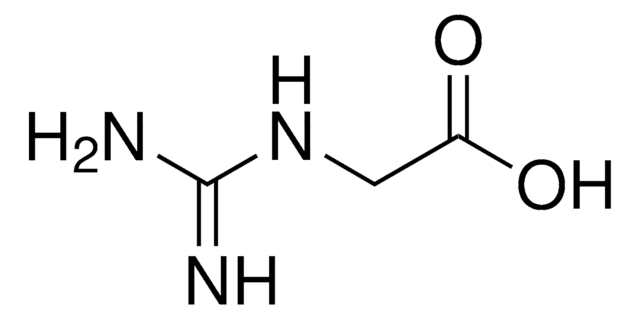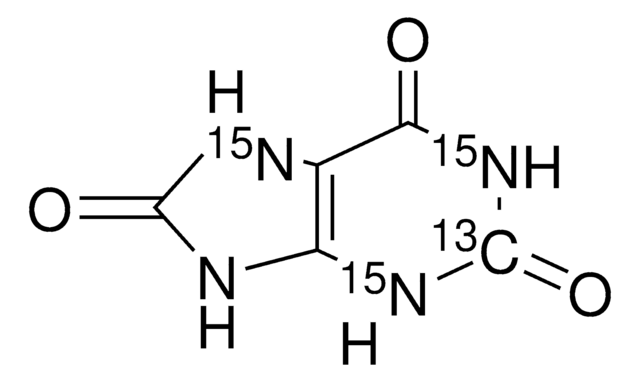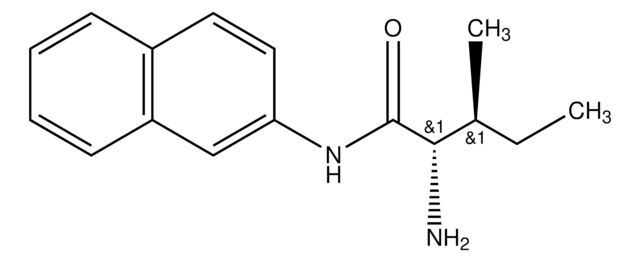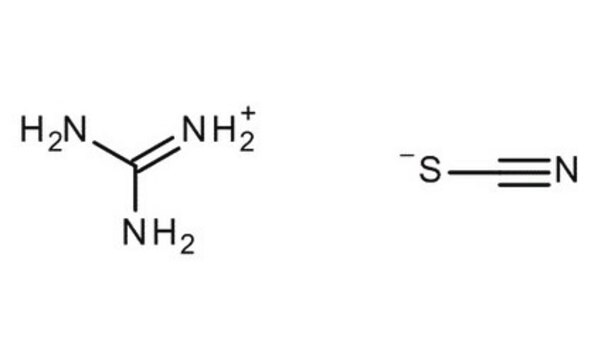V900474
Guanidine thiocyanate
Vetec™, reagent grade, ≥97%
Synonym(s):
Guanidinium rhodanide, Guanidinium thiocyanate
About This Item
Recommended Products
grade
reagent grade
product line
Vetec™
Assay
≥97%
form
powder or crystals
mp
120-122 °C (lit.)
SMILES string
SC#N.NC(N)=N
InChI
1S/CH5N3.CHNS/c2-1(3)4;2-1-3/h(H5,2,3,4);3H
InChI key
ZJYYHGLJYGJLLN-UHFFFAOYSA-N
Looking for similar products? Visit Product Comparison Guide
Application
Legal Information
Signal Word
Danger
Hazard Statements
Precautionary Statements
Hazard Classifications
Acute Tox. 4 Dermal - Acute Tox. 4 Inhalation - Acute Tox. 4 Oral - Aquatic Chronic 3 - Eye Dam. 1 - Skin Corr. 1C
Supplementary Hazards
Storage Class Code
8B - Non-combustible corrosive hazardous materials
WGK
WGK 2
Flash Point(F)
Not applicable
Flash Point(C)
Not applicable
Choose from one of the most recent versions:
Already Own This Product?
Find documentation for the products that you have recently purchased in the Document Library.
Customers Also Viewed
Our team of scientists has experience in all areas of research including Life Science, Material Science, Chemical Synthesis, Chromatography, Analytical and many others.
Contact Technical Service











